
The first in a series of posts which will follow the route of the Roman road (written about here) which likely cut through the area between Lifford and Stirchley Library. Lifford was likely the spot where the Roman road crossed the River Rea.
James Baldwin & Sons were “paper makers, letterpress and lithographic printers” at Sherbourne Mill on Morville Street in Birmingham. They also had paper mills in Kings Norton on Lifford Lane, which was near to where James Baldwin (1801-1871) made his home at Breedon House on (what is now) the Pershore Road.[1] This house was demolished and is now the site of Cotteridge School.[2]
James Baldwin began his business in Birmingham in the 1820s or 1830s, and had opened the Lifford Lane paper mill by 1861. It is also thought that he may have taken over an already existing paper mill.[3] He was followed into business by sons (hence the company name) and grandsons. The Lifford Lane mill continued making paper until its closure in 1967.
Remnants of the mill building survive along the Worcester and Birmingham Canal near its junction with the Stratford On Avon Canal, and some of the buildings emerge over the patchwork brick wall along the canal route.
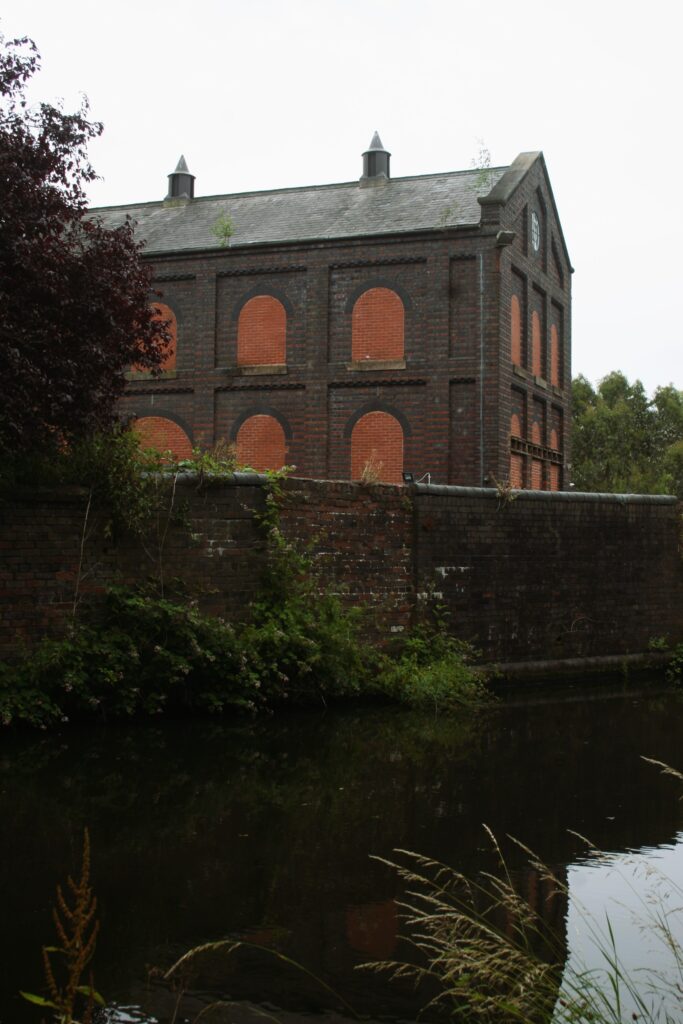
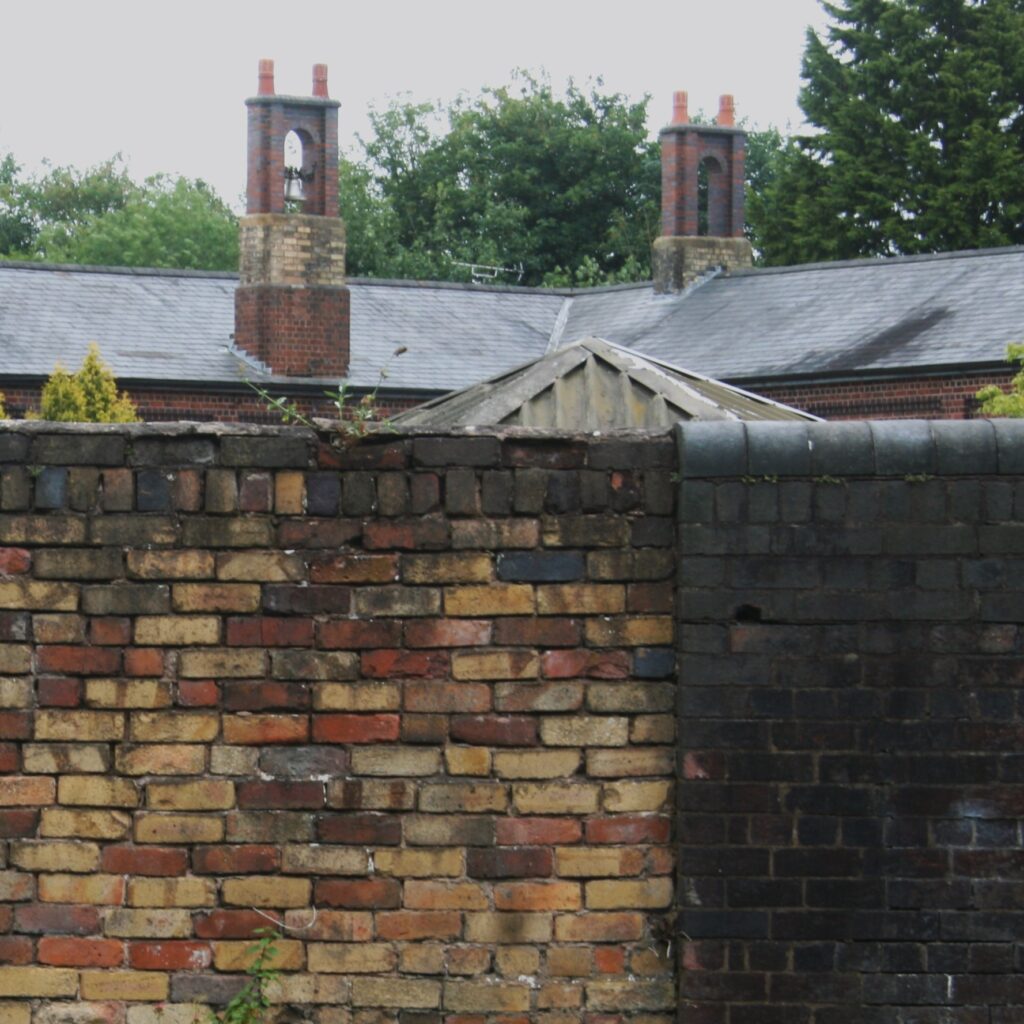
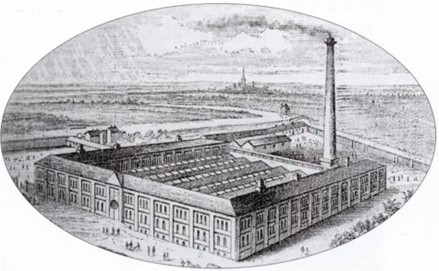
These buildings are now part of the Lakeside Centre, and there is a lake because as well as buildings, the mills millpond survives .The mill required water to run and was situated near to the Rea, and a pool was formed from its waters.
The mill is seen in the map below, in the nook between the two canals, with the Rea meandering pleasantly through the farmland and made to pause not only for the millponds of Sherborne Mill but also for the Indiarubber Mill further east. Lifford Lane is the straight road dotted with trees which cuts rigidly through the centre.
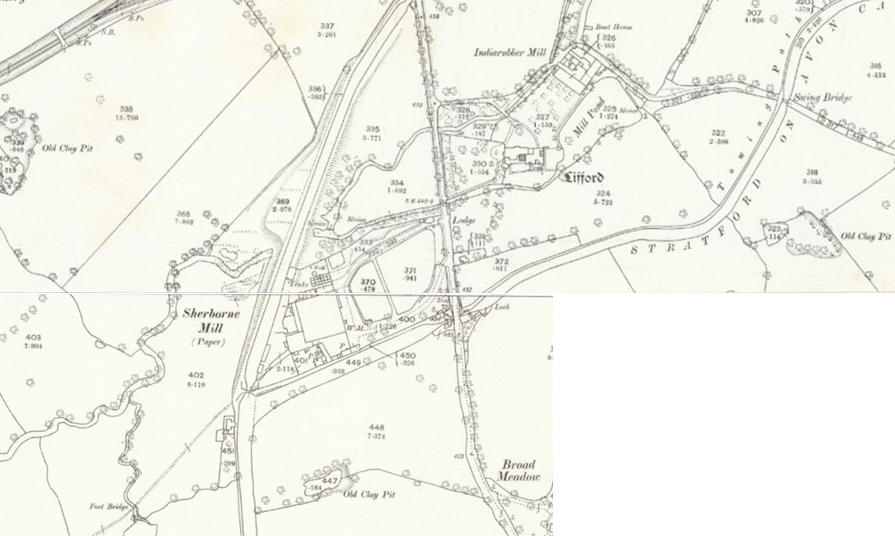
The bag in the advert (top image) was Baldwin’s patented square-bottom bag which they advertised as ‘unrivalled as the best article in the Trade’. The square bottom was made by folding and gluing paper and revolutionised shopping where groceries were previously hand wrapped, which was time consuming. The Lifford Lane mill still produced brown wrapping papers and other paper for grocery shops to wrap their goods in. Tea was especially wrapped during the Victorian period and different coloured papers were produced, which were often stamped with advertisements.

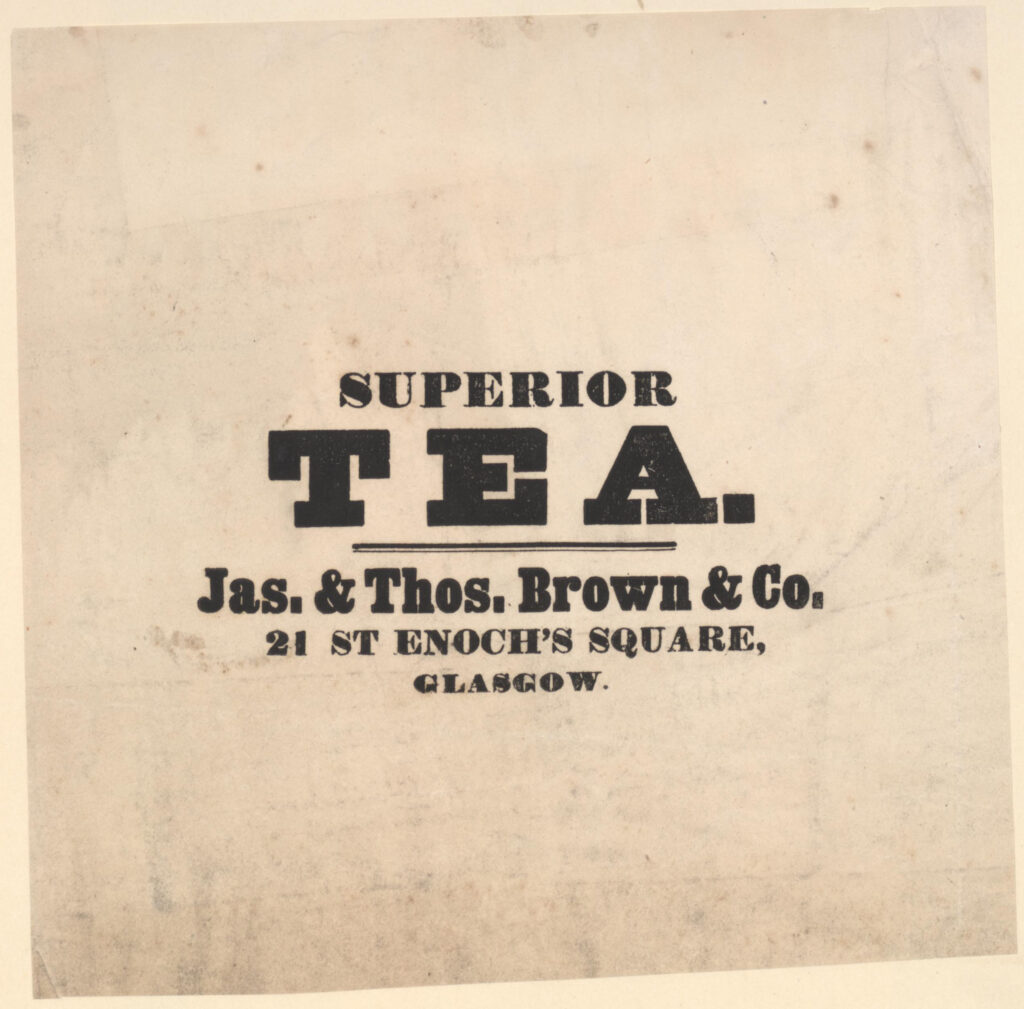
Baldwin and Sons also made gun wadding, paper which protected guns as they were transported, and there were several gun-making mills in the Stirchley area who were likely customers. Baldwin’s bags, paper and gun wadding were sold internationally too, though.[3]
After the closure of Baldwin and Sons in the 1960s, the site became a car museum housing decades of automobile history up to that point.

NOTES
[1] Conveyance, 1861, Birmingham Archive, EP 4/13/3/4.
[2] M. Cale,’Ephemeral and essential: the development of the paper industry in Birmingham,’ The Local Historian, 51, (April 2021), p. 137-153.
[3] A history of James Baldwin and Sons is found here: https://www.balh.org.uk/publication-tlh-the-local-historian-volume-51-number-2-april-2021 . References, pp. 147 and 143.
~ Bill Dargue’s notes on Lifford: Lifford: https://billdargue.jimdofree.com/placenames-gazetteer-a-to-y/places-l/lifford/
~ 1881 Baldwin census: https://lovesey.org.uk/25.html
~ 1882 OS map: https://maps.nls.uk/view/120898960